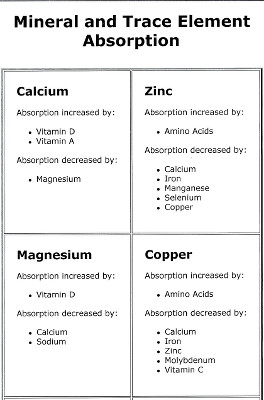Nutrition: Hair Mineral Analysis – Case Study of Elegance CF 2002gm
I received the Hair Mineral Analysis results for Elegance yesterday. It is very revealing. She is over the top in Fe(Iron), Li(Lithium) and Al (Aluminum). She is below normal for Ca(Calcium), P(Phosphorus), Mg(Magnesium), Mo(Molybendum) and Se(Selenium).
The low Se is not uncommon in the US. Even when the USGS Soil Selenium Map shows adequate soil selenium levels. I’ve zoomed the map in on the Eastern Central States. To see Frederick County’s level (where Elegance has lived most of her life) move your pointer up to north east Maryland.
It is very enlightening to read the comments about her analysis and note how vitamins and minerals all interact with each other. Her analysis is a case in point about the need to balance what our horses eat. Excess in one area can cause a deficiency in another and the opposite is true too. Here is a a look at how only a few of the major and trace minerals interact with each other:

I posted a question to the Yahoo group, The Horse’s Mouth, that I belong to that is part of Dr. Kellon’s subscription to her e-magazine of the same name about whether or not I should “detox” Elegance for Aluminum, Iron and Lithium.
Dr. Kellon pointed out that the over abundant Iron and Aluminum values were most likely from hair surface contamination so I’d be better off getting a full blood chemistry and CBC to assess Elegance’s overall health. Dr. Kellon said the most likely sources for the high Lithium value showing up in her hair was from water she drinks, any “natural” salts she had access to, and kelp if she was fed that. She also recommended worming her and worming her specifically for tapeworms. I’ve already given her a dose of Ivermectin and after we have our first real frost I will give her the Ivermectin with Praziquantel for tapeworm.
She had me review Chapter 2 of her NRC Plus course which I took maybe 7-8 years ago. In that course she convincingly makes the case that there is really no way to definitively establish levels of major, trace or toxic minerals in the horse via hair analysis or blood samples because there are so many mitigating factors involved which can scew the results.
I’d forgotten that part of the course because at the time I was simply feeding a diet which balanced the minerals in the hay.
I do know, from my own personal experience bringing in horses and putting them on supplementation that matches what my hay has too little of or too much of makes a huge difference in them. Sometimes it takes a full year, or close to it just like growing out a new hoof before, you can admire the results.
Because after living with me for the past 4 weeks Elegance’s energy is better, her demeanor is better, her appetite, despite her teeth, is better, I will forgo having blood chemistry and cbc blood work done right now. Top priority is her teeth then I’ll have the chiropractor out to make sure her skeleton is lined up the best it can be!
Research is showing that high iron levels are often associated with Insulin Resistance and predisposition to laminitis…glad the mare is getting the dental and nutritional attention. She will be much happier…but watch the sugars in her diet.